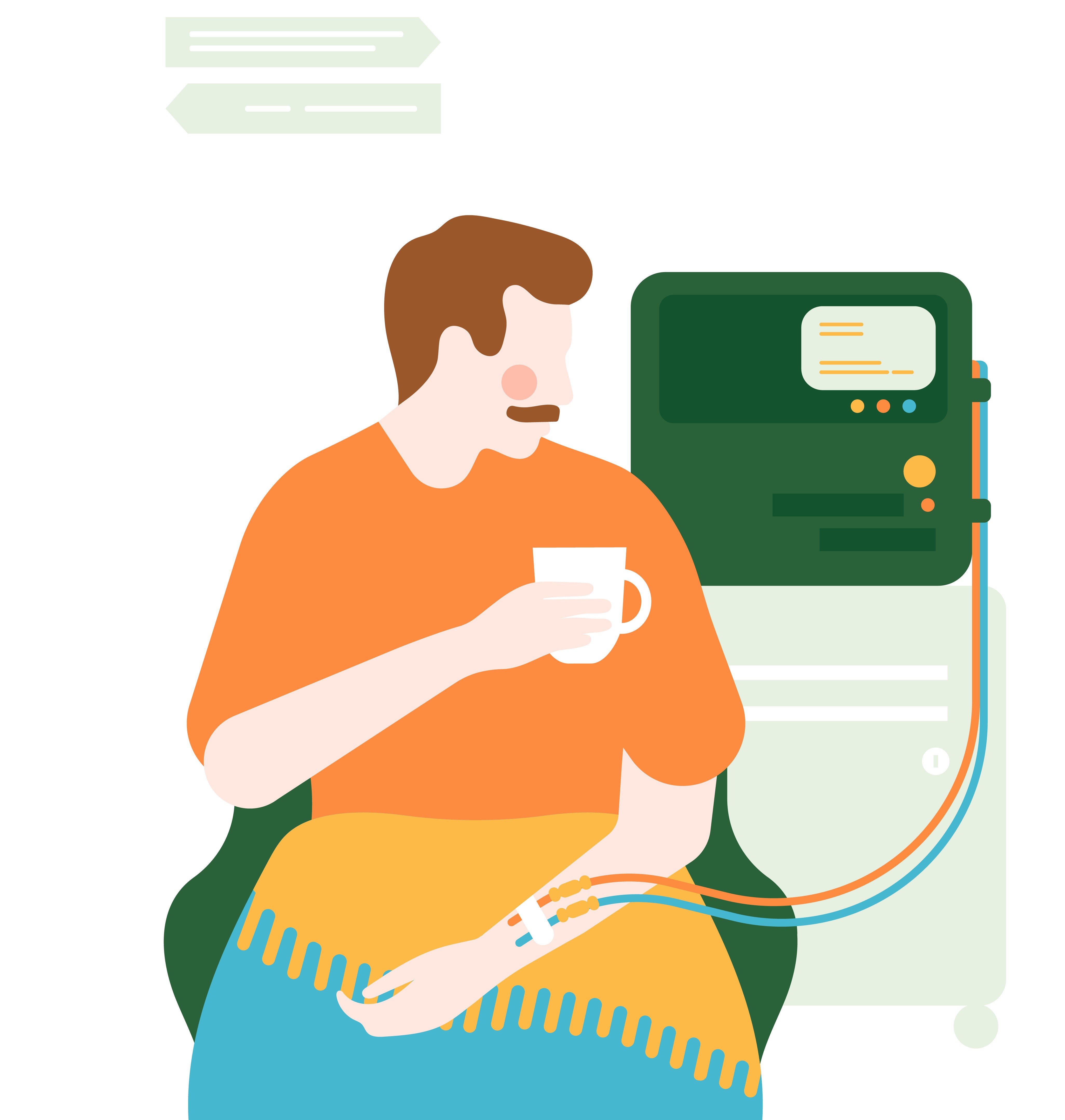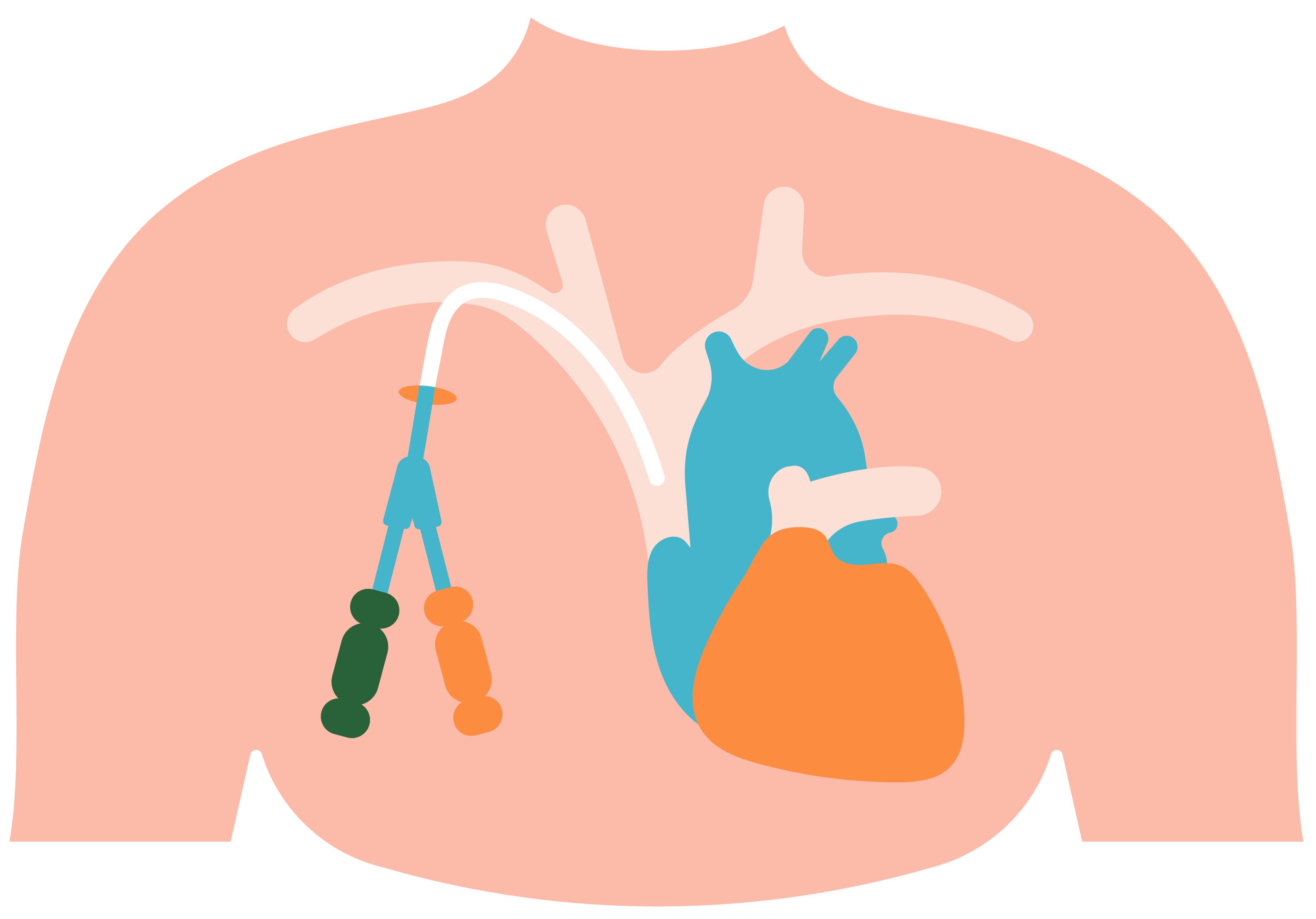To perform a hemodialysis session you need a vascular access that enables the passage of blood from your body to the dialysis machine where the blood is filtered and through the access, returns back to the body.
The main types of vascular access are:
- Arteriovenous Fistula
- Arteriovenous Graft
- Central Venous Catheter (CVC)
1. Fistula
The connection of two blood vessels, an artery to a vein create fistula. From this connection, a special noise is created called THRILL, which is felt by touching with hand the place where the fistula is created.
A fistula requires a maturation time of at least 6 weeks in order to achieve sufficient blood flow to perform a hemodialysis session.

How to take care of the fistula?
Arterio-venous fistula is considered the best choice for vascular access. It is important to protect against any risk of injury. You have to be careful!
- Every day verify the presence of thrill in the fistula. During touch, you will feel a tremor. If you notice that, the tremor is very weak or absent, notify the medical staff at the clinic immediately.
- Keep clean the area around the fistula.
- Before the hemodialysis session, wash the arm where the fistula is located with soap and water even though the nurse will perform the disinfection process during the procedure.
- Do not allow blood to be drawn or blood pressure measured at the access arm.
- You should not wear tight clothing or jewelry in the accessible hand because it impedes blood flow.
- Protect access from shocks and do not weigh the arm while sleeping.
- Do not lift heavy objects with your hand where you have the fistula.
- If the skin condition at the access has changed, (you have pain, redness, leakage), notify the medical team in advance.
- At the end of the dialysis session, sterile anchovies will be placed at the puncture site, which should be removed once you reach home.
- It may happen that the fistula resumes bleeding from point of drilling with age. Do not be afraid! Hold the puncture site on the ankle for 10 minutes. If this situation persists, seek the help of medical staff.
2. Graft
The graft is created by surgically joining an artery and a vein with a synthetic tube under the skin. The graft has a shorter maturation time compared to the fistula. Mostly 2-3 weeks.
How do I take care of the graft?
Caring for the graft is almost the same as fistula.
- Verify the presence of the thrill in the graft every day. During touch, you will feel a tremor. If you notice the tremor is missing, notify the clinic medical staff.
- Keep clean the area around the graft.
- Before the hemodialysis session, wash the arm where the graft is located with soap and water.
- Do not allow manipulations on the arm where you have the graft.
- If the skin condition at the access has changed (you have pain, redness, leakage), notify the medical team immediately.
- At the end of the dialysis session, sterile anchovies will be placed at the puncture site, which should be removed once you reach home.
3. Arterio-Venous Catheter
The arterio-venous catheter is a soft plastic tube mainly with two lumens (separations) which is placed in a vein with large blood flow to perform dialysis effectively. Blood is drawn from the arterial tube and returned via the venous tube.

The catheter can be placed mainly in the leg (femoral), thoracic (subclavian), or neck (jugular). It is ready to use immediately after placement. Blood flow is lower than that obtained by fistula.
Catheters are of two types: tunneled and non-tunneled. Tunnel catheters are long-lasting, used for over a year. They are tunneled under the skin from the starting point of the vein to a close distance. They are usually placed in the internal jugular vein and protrude into the anterior chest wall. These types of catheters have a lower risk of infection than simple catheters.
Non-tunnel catheters are short-term catheters, several days to three weeks, which can be placed in the jugular vein, subclavian or femoral vein.
How to take care of the catheter?
- Make sure the catheter is clamped (closed) if you are not during the dialysis process.
- Protect the catheter outlet area from water and dirt. Always keep the area clean, dry and bandaged.
- Do not remove the gauze covering the catheter outlet at home.
- The dialysis nurse will clean the catheter and change the gauze before each dialysis treatment.
- Do not allow the catheter to be used for other manipulations outside of dialysis (therapy, etc.).
- Contact the clinic medical staff immediately if you have a fever, redness or swelling in the area around the catheter.